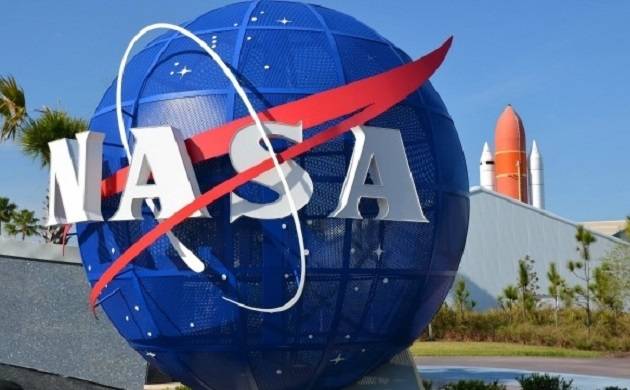
NASA Is All Set To Wipe Off Fungus Issue To Keep Astronauts Safe In Space
International Space Agency NASA is now ready to take up a new mission, this time, it is not about spotting something, finding waters or discovering livelihood. This mission is solely for the welfare of its astronauts.
Just like our Earth, it is now known that space is no less affected from pollution or other chemical processes. There are times when earthlings have to live in space or the unexpected number of days, some lived there for weeks, some for months and others more than that.
Now, what about their hygiene?
With a plethora of problems, including tough situations such as lack of gravity and abundance radiation that can harm them and even turn fatal. A new challenge that can harm the health of astronauts in space is fungus and US space agency NASA is preparing to fight it. This new study has revealed that when humans are put in the type of enclosed habitats that can be used on moon or Mars, it can boost the community of fungal stowaways known as the mycobiome, respectively.

On the same, the researchers from NASA’s Jet Propulsion Laboratory observed what happened when humans were kept into the Inflatable Lunar/Mars Analog Habitat (ILMAH) meant to simulate conditions on the International Space Station (ISS) and on Martian bases or hypothetical lunar.
“We showed that the overall fungal diversity changed when humans were present,” report co-author and NASA Senior Research Scientist Dr. Kasthuri Venkateswaran said in a release.
And, once humans were added to the ILMAH, certain fungi appeared to thrive. The fungi included some that can colonize the body and result in allergies, asthma or infections. People with decreased immune systems like astronauts could be prone to such diseases.
Then, talking about the same, Venkateshwaran has said:
“Fungi are extremophiles that can survive harsh conditions and environments like deserts, caves or nuclear accident sites, and they are known to be difficult to eradicate from other environments including indoor and closed spaces.”
“Fungi are not only potentially hazardous to the inhabitants but could also deteriorate the habitats themselves” he added.
Meanwhile, investigating the mycobiome in the type of habitats used beyond Earth can result in the development of cleaning and maintenance procedure to help keep the fungi at bay, Venkateswaran concludes.
Sources then added that more research is mandatory and studying the mycobiomes of the humans that actually lived in the habitat is necessary.